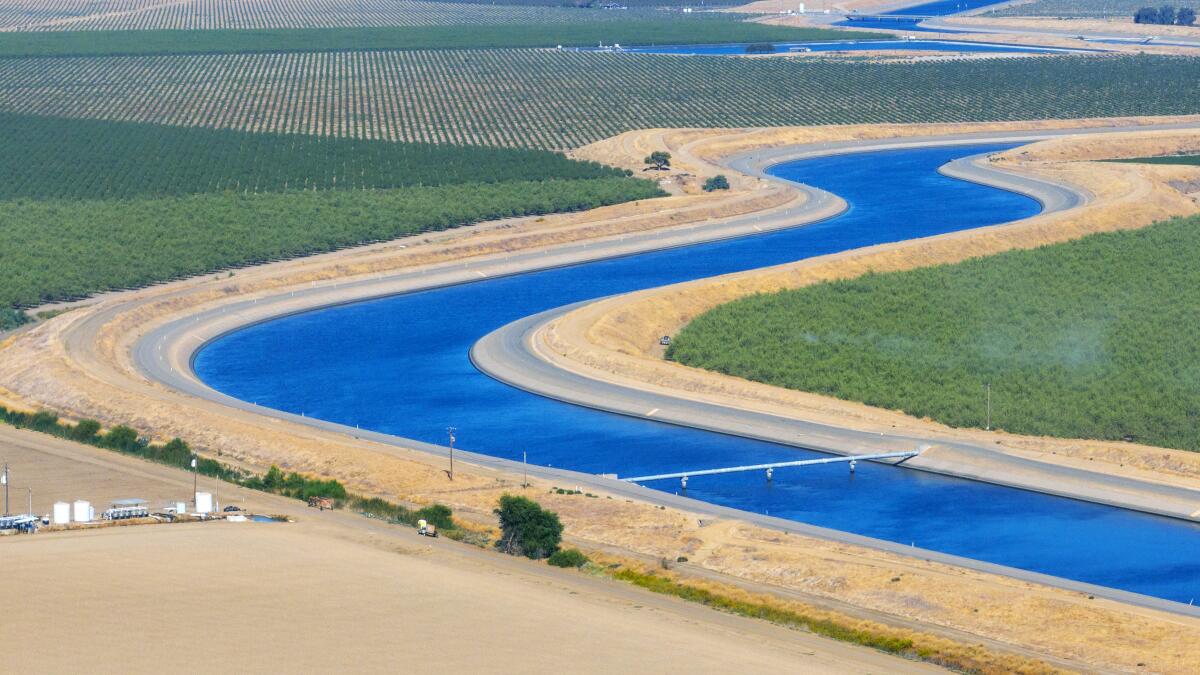Water Wars: Newsom's Storm Strategy Sparks Trump-Like Controversy

California Governor Gavin Newsom has taken a bold step to address the state's ongoing water challenges by signing an executive order aimed at capturing and storing more water during storm events. The directive seeks to enhance water resource management during periods of intense rainfall.
However, the move has sparked controversy among environmental advocates, who argue that the order bears a striking resemblance to previous water management strategies employed during the Trump administration. These critics suggest that the approach may potentially compromise environmental protections in favor of increased water storage.
Newsom's order focuses on streamlining water capture processes, potentially allowing for more efficient collection and storage of precipitation. The governor maintains that this approach is crucial for California's water resilience, especially in the face of recurring drought conditions and climate change uncertainties.
Environmental groups are closely monitoring the implementation of the order, expressing concerns about potential ecological impacts and the long-term sustainability of such water management techniques.
